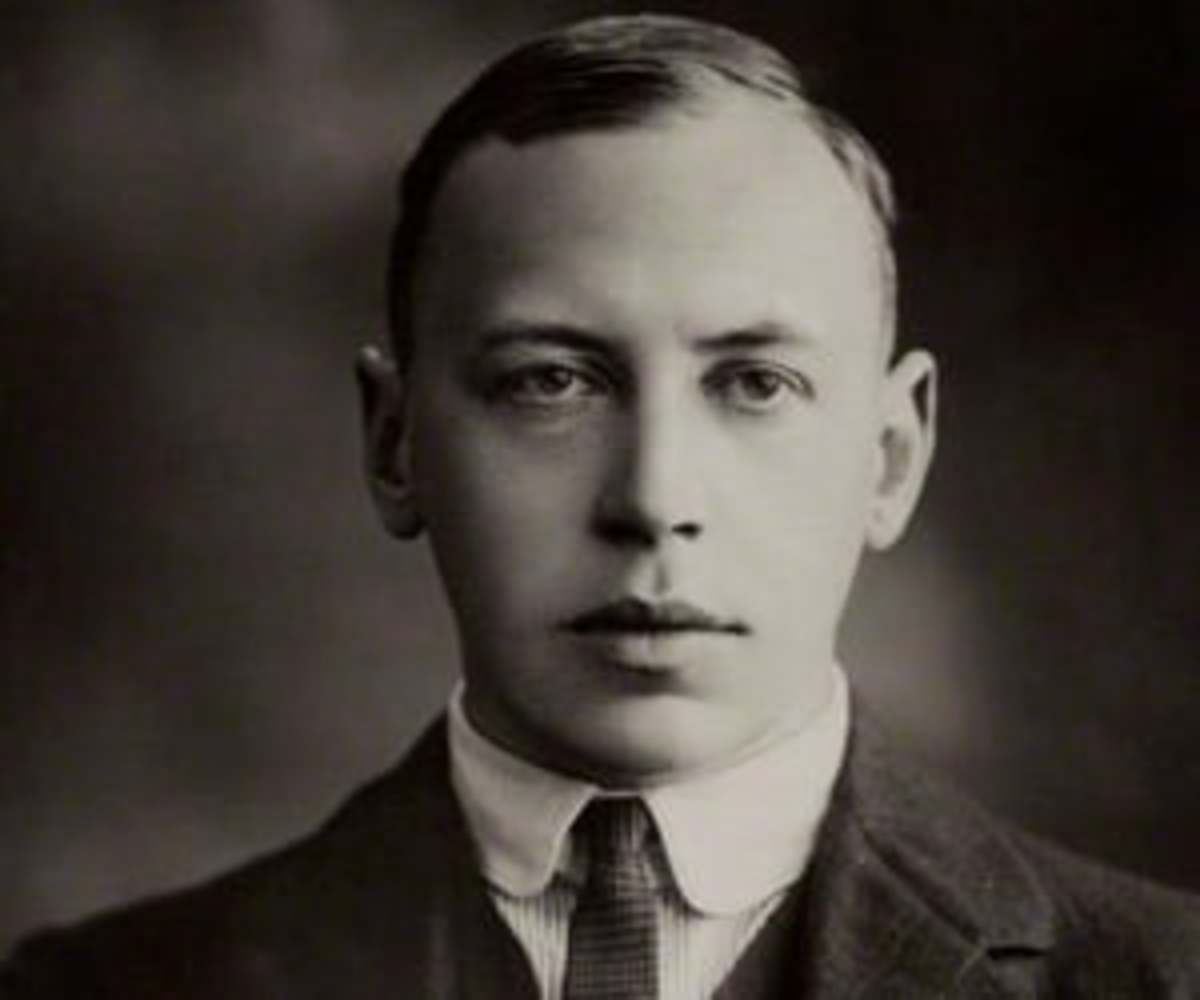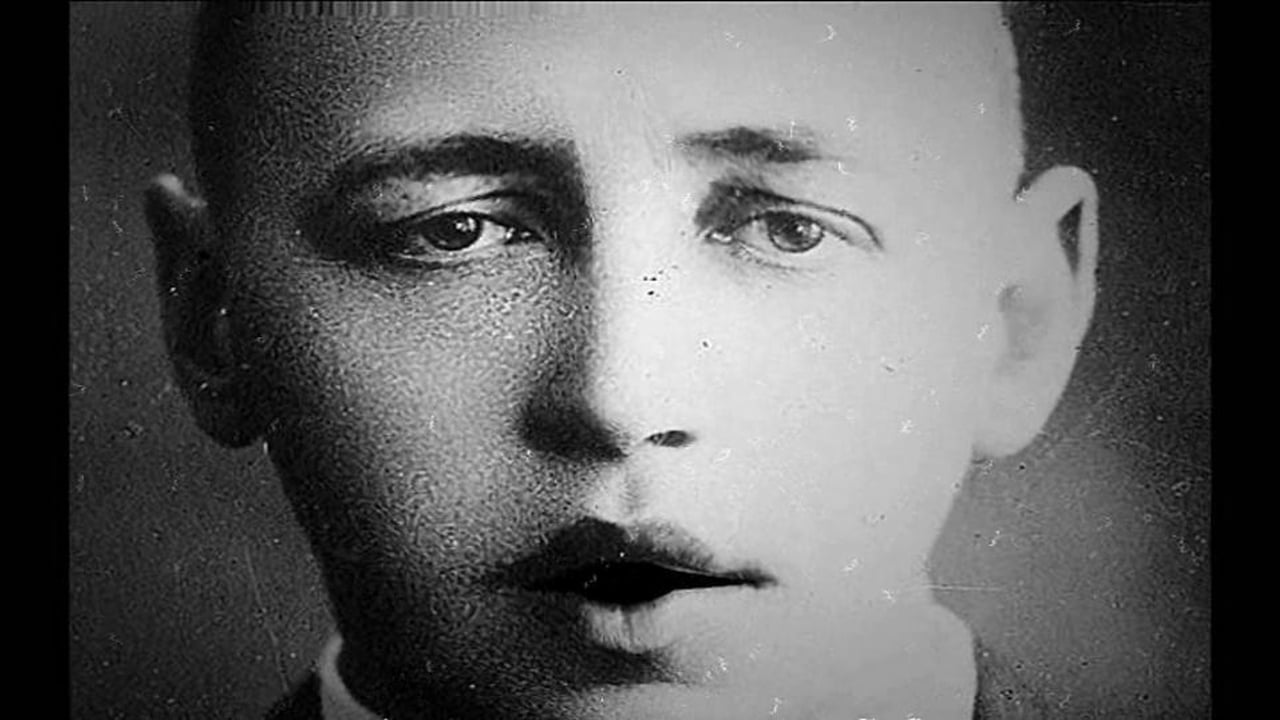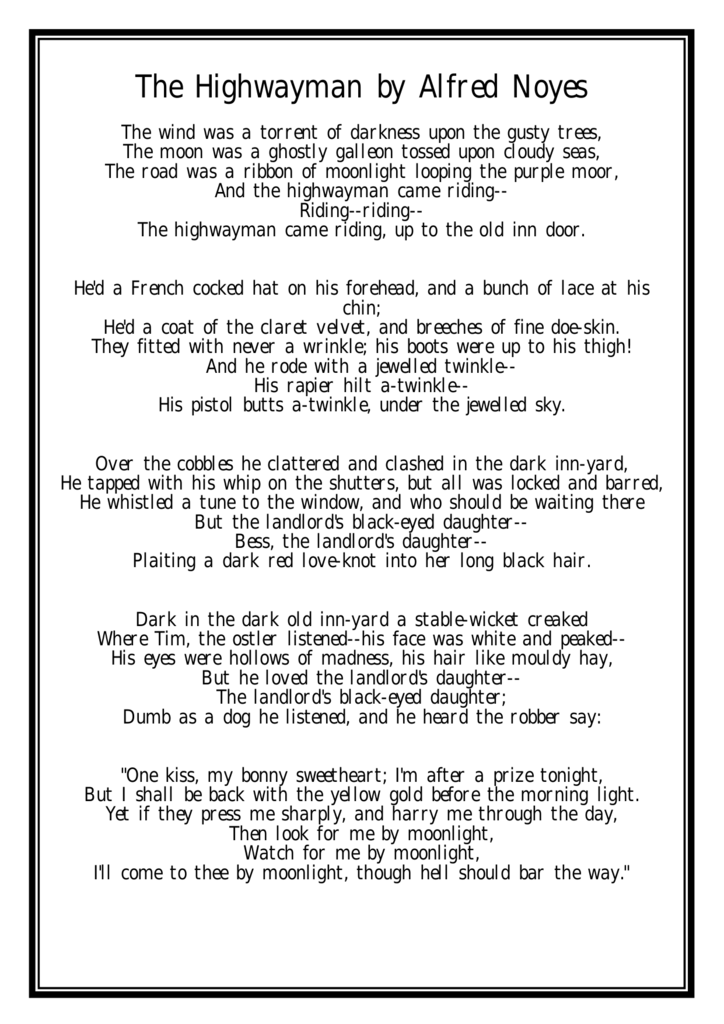
Alfred Noyes The Highwayman Genius
Popularity of "The Highwayman": This narrative poem was written by Alfred Noyes, a great English poet and playwright. 'The Highwayman' is also known as one of the famous lyrical poems on account of its themes of love and sacrifice. It was first published in August 1906. The poem comprises the infinite love of the highwayman and his beloved.It also illustrates how one can easily embrace.

Poem Analysis 'The Highwayman' by Alfred Noyes Owlcation
Alfred is best known for his sea poems, although he also wrote about Voltaire and William Morris. Clearly fascinated by highway robbery, he created not just 'The Highwayman,' but also 'Dick Turpin's Ride,' which recounts Turpin's epic trek to York on his legendary horse, Black Bess. Alfred Noyes passed away in 1958.

Alfred Noyes The Highwayman Genius
Alfred Noyes and a Summary of 'The Highwayman'. 'The Highwayman' is a lyrical ballad of 17 stanzas with a rhyming narrative, swift-moving rhythms and full romantic imagery. Despite the traditional Edwardian style, it's a popular poem still, loved by children and adults alike. The setting is 18th-century England in the time of King George III.

The Highwayman by Alfred Noyes Poem Analysis
Alfred Noyes 1880 (Wolverhampton) - 1958 (Isle of Wight) The highwayman came riding, up to the old inn-door. They fitted with never a wrinkle: his boots were up to the thigh! His rapier hilt a-twinkle, under the jewelled sky. Plaiting a dark red love-knot into her long black hair.

🎬"The Highwayman" by Alfred Noyes, read by Mattie Overall YouTube
Part One. ''The Highwayman'' is a narrative poem about a highwayman or person who robs people on the highway and the woman he loves. The poem begins as Noyes establishes the scene with dark and.

Alfred noyes THE HIGHWAYMAN
Summary of The Highwayman. 'The Highwayman' by Alfred Noyes ( Poems) is a gothic narrative of tells of the story of the highwayman, the red coats who wanted to capture him, and his lover. The poem details the love affair going on between the highwayman and the landlord's daughter Bess. Their love is pure and strong.

Noyes highwayman analysis essay
When the moon is a ghostly galleon tossed upon cloudy seas, When the road is a ribbon of moonlight over the purple moor, A highwayman comes riding—. Riding—riding—. A highwayman comes riding, up to the old inn-door. Over the cobbles he clatters and clangs in the dark inn-yard; He taps with his whip on the shutters, but all is locked and.

"The Highwayman" by Alfred Noyes Electronic Text
The Highwayman Summary & Analysis The Highwayman by Alfred Noyes is a narrative poem that tells the story of a doomed love between a highwayman, or robber, and Bess, the daughter of an innkeeper. The poem is set in rural England in the 18th century, and it is told in a ballad form, with a regular rhythm and rhyme scheme.

😀 The highwayman poem by alfred noyes. The Highwayman by Alfred Noyes. 20190301
"The Highwayman" is an interesting narrative poem written by Alfred Noyes. It was first published in the Scottish "Backwoods's Magazine" of August 1906 edition. In the following year, it was published in the Alfred Noyes' collection captioned "Forty Singing Seamen and Other Poems". The structure The poem is written in 2 parts.

The Highwayman by Alfred Noyes Poetry Unit Poetry unit, Poetry unit middle school, Citing text
The Highwayman Summary. This poem starts out with a highwayman (that's a robber who holds people up on the road) visiting his girlfriend Bess at her father's inn. He's on the move (apparently he's got some robbing to do) so he only has time for one kiss. He promises that he'll be back by the next night at the latest.

PPT “The Highwayman” Alfred Noyes PowerPoint Presentation, free download ID1942896
The wind was a torrent of darkness among the gusty trees. The moon was a ghostly galleon tossed upon cloudy seas. The road was a ribbon of moonlight over the purple moor, And the highwayman came riding—. Riding—riding—. The highwayman came riding, up to the old inn-door. He'd a French cocked-hat on his forehead, a bunch of lace at his.

The Highwayman Summary
THE wind was a torrent of darkness among the gusty trees, a. The moon was a ghostly galleon tossed upon cloudy seas, a. The road was a ribbon of moonlight over the purple moor, b. And the highwayman came riding — c. Riding— riding — c. The highwayman came riding, up to the old inn- door. d. He'd a French cocked-hat on his forehead, a.

😀 The highwayman poem by alfred noyes. The Highwayman by Alfred Noyes. 20190301
The road was a ribbon of moonlight over the purple moor, And the highwayman came riding— Riding—riding— The highwayman came riding, up to the old inn-door. The wind, moon, and road are introduced in "The Highwayman"'s opening line. Noyes describes what each of them is like using metaphors.

The Highwayman Poem Analysis “The Highwayman” Is 1906 Poem Written by “Alfred Noyes” That
The wind was a torrent of darkness among the gusty trees, A. The moon was a ghostly galleon tossed upon cloudy seas, A. The road was a ribbon of moonlight over the purple moor, B. And the highwayman came riding -- C. Riding-- riding -- C. The highwayman came riding, up to the old inn- door. B.

21 best images about English The highwayman on Pinterest Key stage 3, Student and Loreena
The Highwayman Introduction. Even though it was written at the beginning of the twentieth century, "The Highwayman" looks backward more than forward. It isn't trying to be a poem for the dawn of a new century. Alfred Noyes doesn't experiment with new styles or tackle new subjects. Instead, he works with the forms and the themes that had been.

The Highwayman by Alfred Noyes Poetry Unit Poetry analysis, Poetry unit, Narrative poetry
By Alfred Noyes. P ART O NE. The wind was a torrent of darkness among the gusty trees. The moon was a ghostly galleon tossed upon cloudy seas. The road was a ribbon of moonlight over the purple moor, And the highwayman came riding—. Riding—riding—. The highwayman came riding, up to the old inn-door.